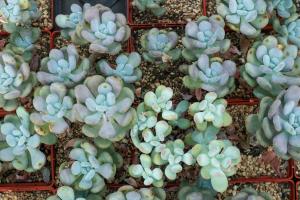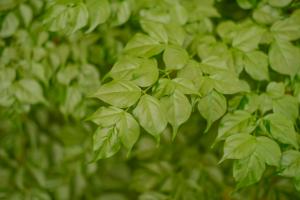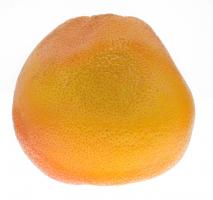Are Sampling Procedures Pertinent to a Water Plant Lab?
Water plants are facilities that treat and supply water to communities. The water undergoes rigorous testing to ensure that it meets the regulatory standards for quality and safety. Sampling is an essential process in water treatment plants as it helps to identify contaminants and assess the effectiveness of the treatment processes. In this article, we will explore the importance of sampling procedures in a water plant laboratory.
The Importance of Sampling Procedures in a Water Plant Lab
The water that comes into a water plant lab is often sourced from multiple locations. These sources may include rivers, lakes, and reservoirs. Each source may have different levels of contaminants, which can change based on factors such as season, weather, and human activities. Sampling helps to identify the contaminants present and determine the appropriate treatment processes.
Sampling procedures are also essential when it comes to compliance with regulatory standards. Water treatment plants are required to meet strict standards set by regulatory agencies such as the Environmental Protection Agency (EPA) and the World Health Organization (WHO). Sampling helps to ensure that the water meets these standards and is safe for consumption.
Furthermore, sampling procedures enable water treatment plants to assess the effectiveness of their treatment processes. The quality of the water before and after treatment is compared to determine the efficiency of the processes. If there are any discrepancies, adjustments can be made to improve the quality of the treated water.
The Types of Sampling Procedures in a Water Plant Lab
There are different sampling procedures used in a water plant lab, which include:
Composite sampling: This involves taking samples from multiple locations and combining them into one sample. Composite sampling gives an overall picture of the quality of the water in the plant.
Grab sampling: This involves taking a sample from a particular location at a certain time. Grab sampling is useful in identifying the quality of the water at a specific location but does not give an overall picture.
Flow proportional sampling: This involves taking samples at regular intervals. The frequency of sampling depends on the flow rate of the water. Flow proportional sampling ensures that the samples collected are representative of the water quality over time.
The Challenges of Sampling Procedures in a Water Plant Lab
Despite the importance of sampling procedures, there are several challenges that can affect the accuracy of results. The following are some of the challenges:
Sampling location: The location of sampling can affect the quality of the samples collected. For example, if the sample is taken near a discharge point, the quality may be affected by the discharged pollutants.
Sampling equipment: The equipment used for sampling should be properly cleaned and maintained to avoid contamination of samples.
Sampling frequency: If the sampling frequency is not adequate, the results may not be representative of the water quality throughout the day.
Sampling errors: Errors in the sampling process, such as inadequate mixing of the sample or incorrect labeling of the samples, can result in inaccurate results.
Conclusion
In conclusion, sampling procedures are pertinent to a water plant lab as they help to identify contaminants, assess the effectiveness of treatment processes, and ensure compliance with regulatory standards. There are different types of sampling procedures, and each has its advantages and disadvantages. However, there are challenges to accurate sampling, and these should be addressed to ensure accurate results.

 how many times do yo...
how many times do yo... how many planted tre...
how many planted tre... how many pine trees ...
how many pine trees ... how many pecan trees...
how many pecan trees... how many plants comp...
how many plants comp... how many plants can ...
how many plants can ... how many plants and ...
how many plants and ... how many pepper plan...
how many pepper plan...






























